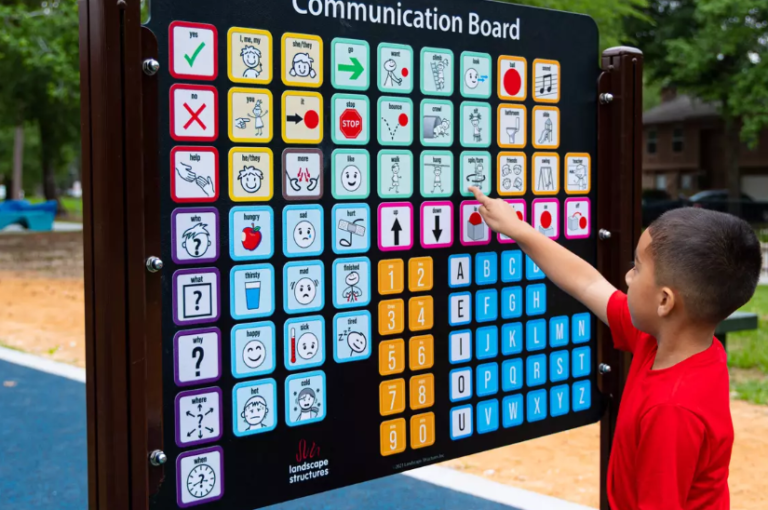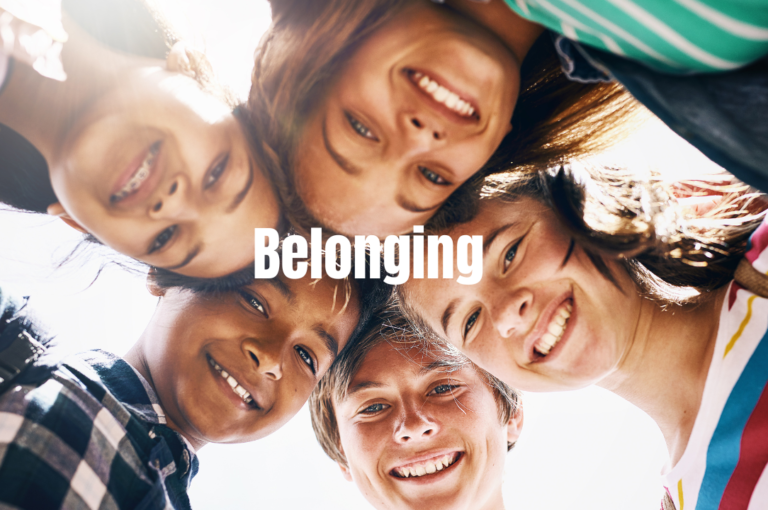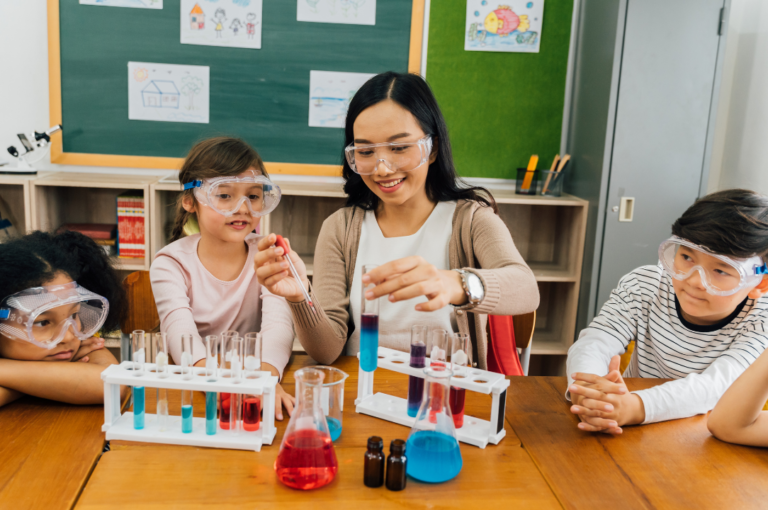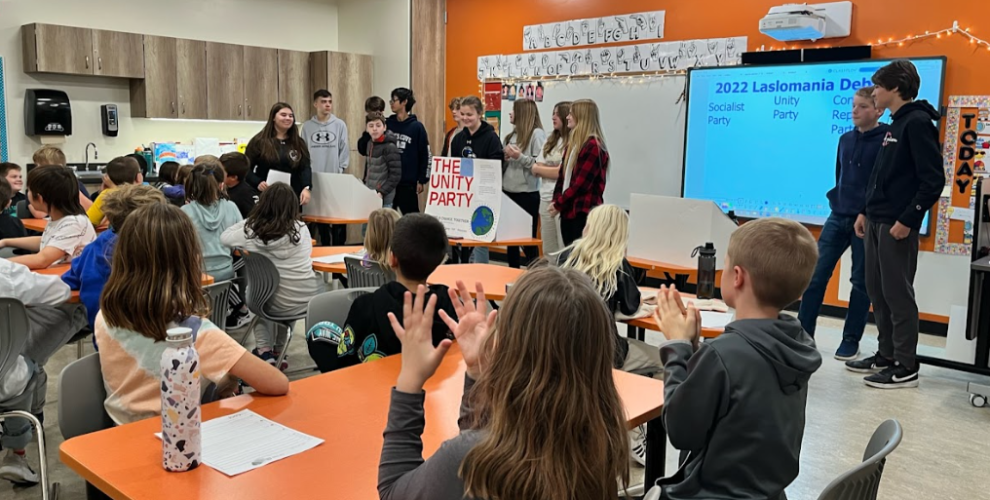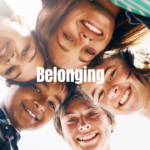A group of teachers from George Freeman School in Strathmore, Alberta have been fueling their teacher tanks with curiosity. Although the learning journey started with a grade 4 teacher wanting to change the way they taught social studies, the curiosity that this sustained inquiry inspired permeated throughout the school into other grades. This project has become a substantial force throughout the school and has allowed for a deeper sense of collaboration among staff and students.
Collaboration is a powerful tool that can be leveraged in learning communities as a means to deepen student learning and to inspire authentic engagement. Aside from allowing learners to be even more successful in their learning, collaboration fosters the development of connection making and relationship building.
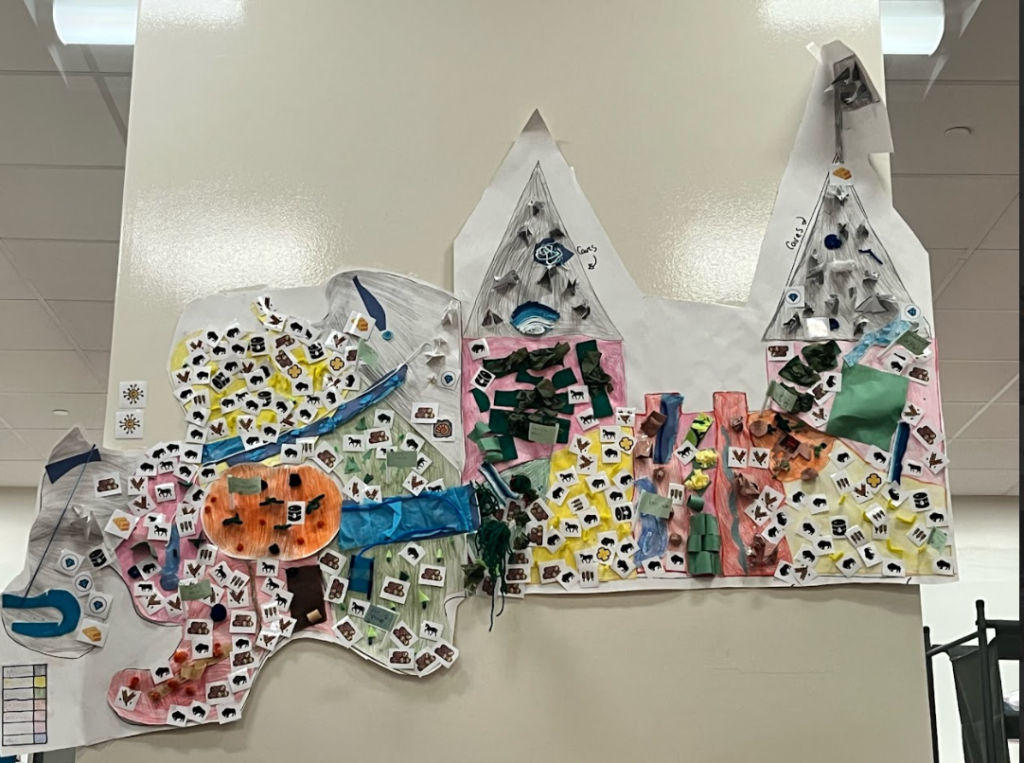
What were the moves that led to this collaborative project?
After listening to a podcast, fourth grade teacher, Monica, became curious about how she could make social studies more engaging for her students. She then brought her neighboring grade 4 teacher, Carlie, into the thinking. Excited to embark on the journey together, both teachers jumped in and let their curiosities guide the collaborative project.
Monica and Carlie supported their students in co-constructing two provinces, Pickleton and Laslomania. As they delved into learning about the province of Alberta, its regions, resources, and histories, the students then applied their understanding of these outcomes to their fictional provinces. This allowed students the opportunity to build deep connections not only with curricular outcomes, but also with one another. Students honoured the thinking of their classmates and sought further opportunities to amplify their engagement with Alberta’s identity.
As conversations continued to be shared in the hallway about the level of engagement in this project, other teachers began to be curious about how they could become involved in the collaboration. Junior High teachers found connections to their curriculums, and before long, Pickleton and Laslomania residents in grade four were trading resources with the grade six students, they were voting for elected representatives from a grade nine Social Studies class, and they were receiving financial advice from the grade seven math students. All in all, various classes from grades 6-9 became involved in the Pickleton and Laslomania project in a way that supported their own curricular outcomes. Students were passionate about the effects of collaborating together and steadily made the connection between their learning and the learning of others through the same project.
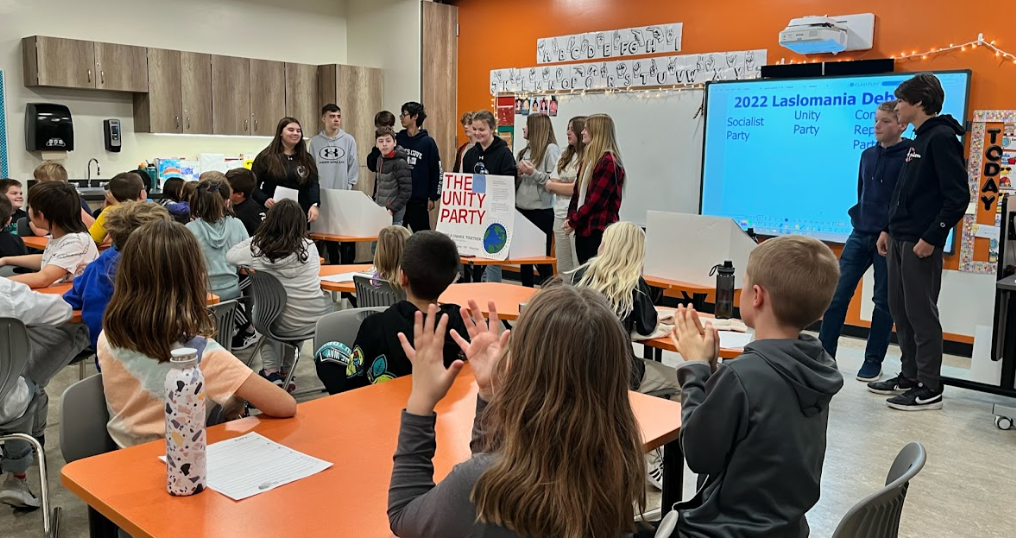
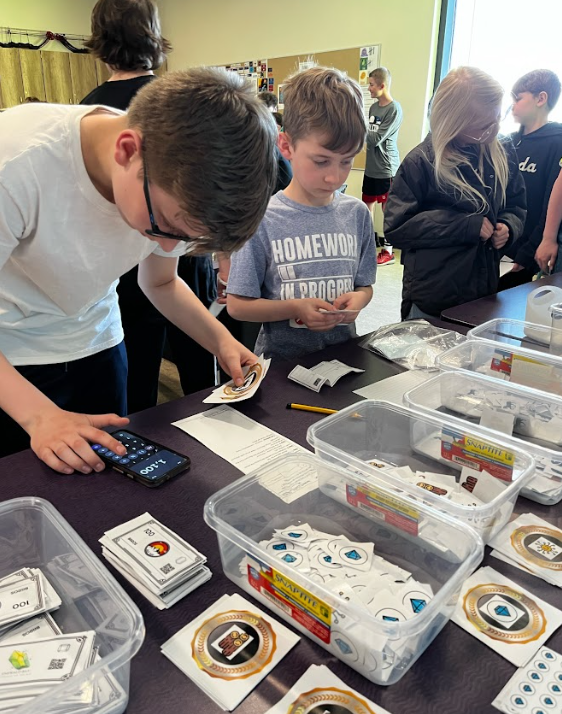
What did teacher collaboration look like throughout this project?
- Teachers engaging in impromptu hallway discussions where curiosities were shared
- Teachers trusting the ideas of not only their colleagues but also their students
- Going with the flow of learning from day to day
- Embracing the opportunity to adapt and explore alternative viewpoints
- Combining curricular outcomes from multiple grades
- Creation of an environment that encouraged cooperation and collective learning
What does collaborative planning look like?
- Collaborative planning involves a dynamic process that embraces the sharing of ideas and wonders among team members whenever they arise.
- It encourages quick conversations whenever time permits, allowing for timely input and feedback.
- Rather than rigidly adhering to a predetermined plan, collaborative planning involves piecing together different aspects of the plan from day to day as the learning unfolds.
- This flexible approach allows for adjustments and adaptations based on emerging student needs and opportunities.
- Trusting colleagues and their curiosities is a crucial element in collaborative planning, as it encourages individuals to contribute their unique perspectives and insights, fostering a sense of mutual respect and cooperation.
How does teacher collaboration impact student learning?
Teacher collaboration has a significant impact on student learning in various ways.
- Firstly, when teachers collaborate, students witness adults who display a curiosity for life and a genuine joy for learning. This modeling of a positive attitude towards knowledge and exploration can inspire and motivate students to develop their own curiosity and passion for learning.
- Secondly, collaboration among teachers enables students to observe thoughtful conversations taking place between adults. These conversations model effective communication, critical thinking, and problem-solving skills, which can influence a student’s own ability to engage in meaningful discussions.
- Finally, teacher collaboration leads to a deepening of student relationships across the school community. When teachers work together they can create a cohesive and supportive learning community that extends beyond individual classrooms.
This sense of connectedness fosters a positive and inclusive learning environment where students feel valued, supported, and encouraged to thrive academically and socially.
References:
Why Teacher Teams Are More Critical Than Ever – Susan Moore Johnson – Educational Leadership ASCD
Best Practices in Co-teaching & Collaboration – Susan Gingras Fitzell

